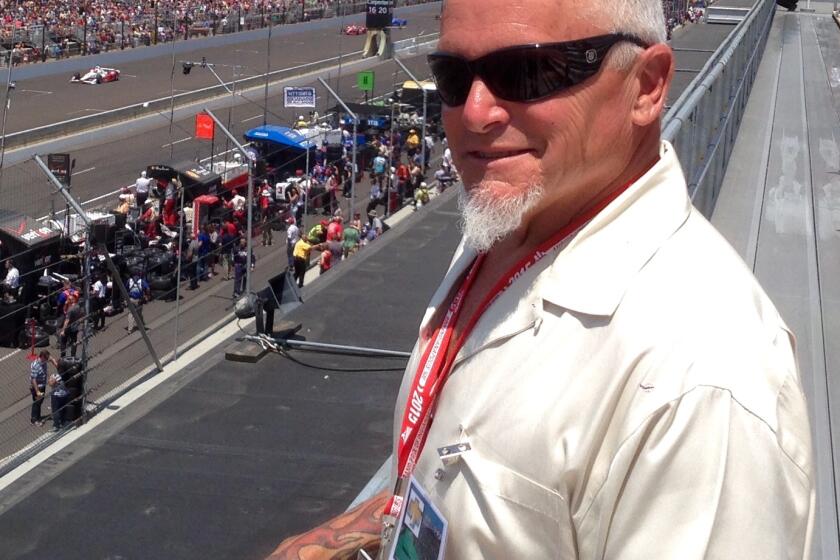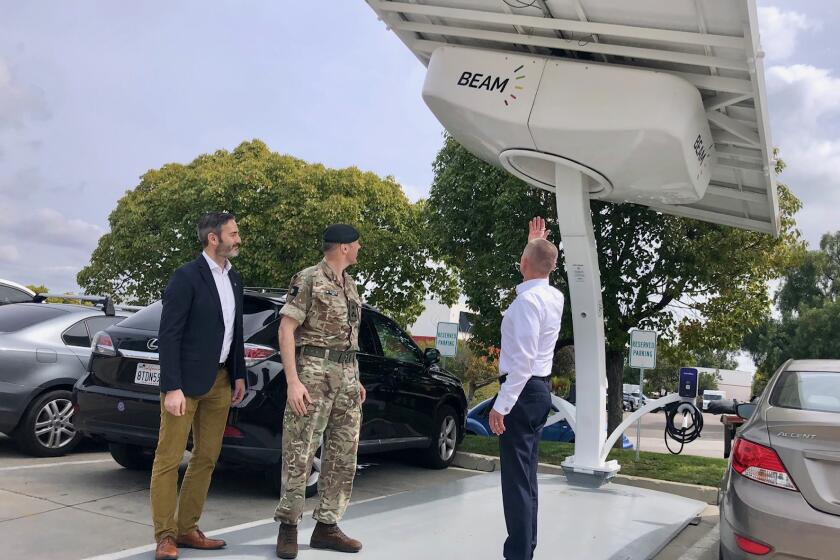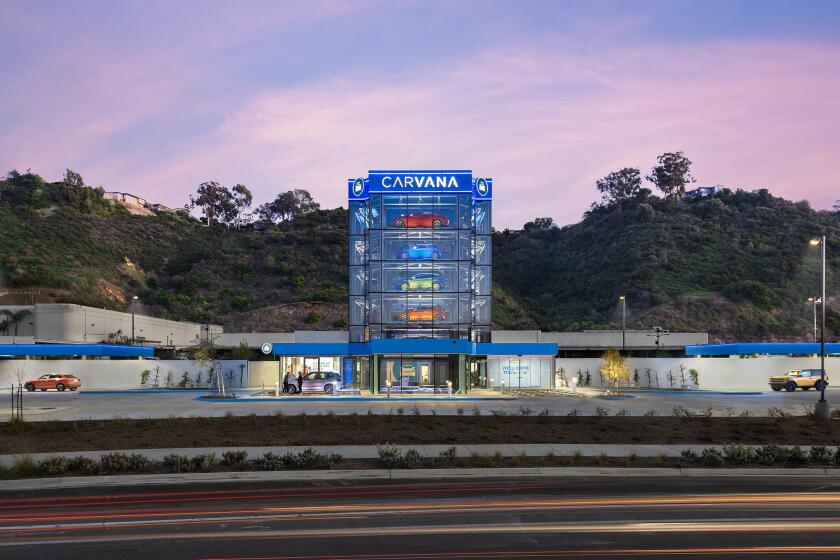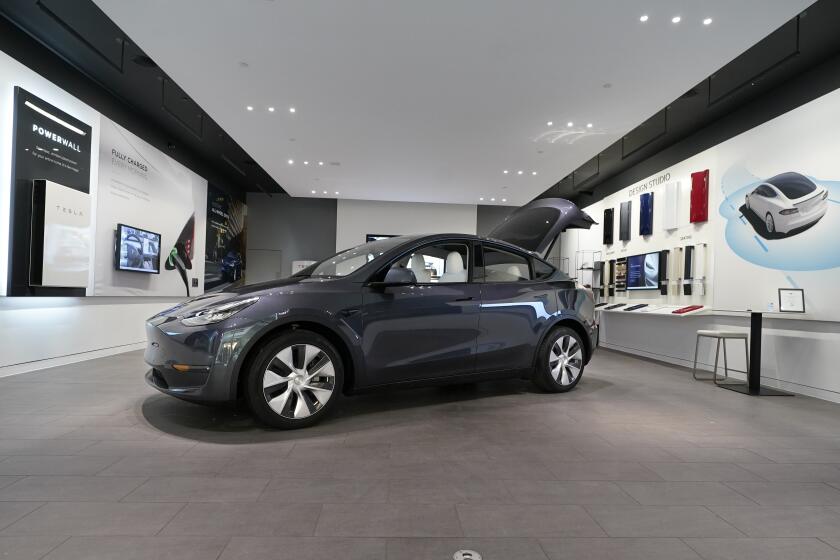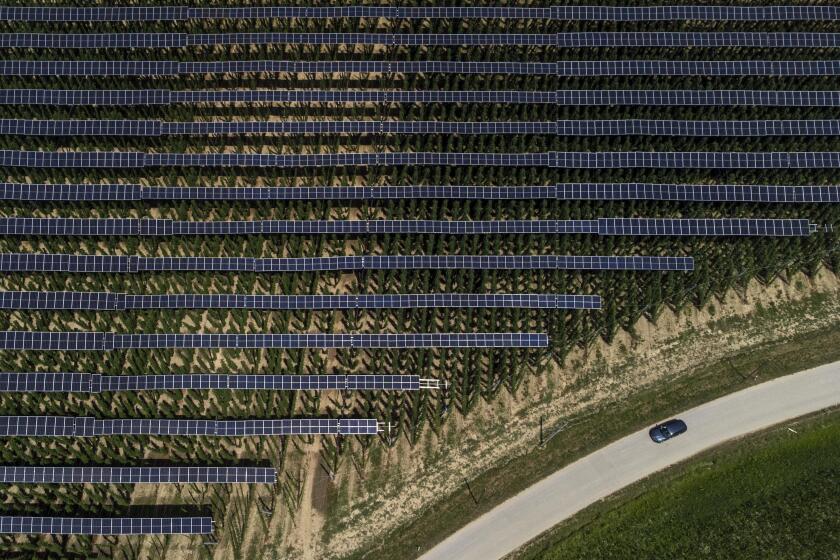Wide-ranging Rover
It is cruel and unusual punishment to drive an $85,000 Range Rover Sport across scrabbly rocks that can slice tires and among rock outcrops that can gouge aluminum body panels. But when it absolutely positively has to be traversed it can be done in complete luxury. And on street tires.
There’s a reason these tony SUVs cost so much. And after a day on terrain where a pretty city truck should not be so at home is where a Range Rover’s value and engineering becomes evident.
There are more Range Rovers in the Beverly Hills than the Black Hills. And that is the dilemma and challenge of this Brit brand that makes exploration-grade trucks that must meet modern emissions and fuel economy standards — with the technologies and luxuries to charge a queen’s ransom.
Fuel economy has been an issue for these heavy SUVs and in the United Kingdom a diesel engine has been available in the Range Rover Sport since 2010. For 2016, that range extending 254-horsepower, 3.0-liter V-6 diesel is now available on this side of the pond.
It is a tough time to debut a diesel in the U.S. — with the VW scandal and a general resistance to these oil-burners — but this one has the assets of driving range, 658 miles from the 23.5-gallon tank.
And its gentle entry price is just $1,500 over the cost of the gasoline RR Sport with supercharged V-6. Yet the diesel has the force of the 510-hp, 5.0-liter V-8 model. And it is not slow. It is capable of 0-60 mph in 7.1 seconds, which compares to the gasoline powered V-6 supercharged at 6.9 seconds and the V-8 in 5 seconds.
But the Td6 beats them past the filling station. It has mileage ratings of 22 mpg city, 29 highway and 25 combined. Compare that to the V8’s ratings of 14/19/16 mpg or the 340-hp, 3.0-liter V-6 at 17/22/19 mpg.
Calculate mileage costs per year for the Range Rover Td6 and the payoff for diesel is almost appealing. And few passengers will know they are riding in a diesel-powered lap of luxury. The HSE Td6 tester had a starting price of $72,445 and finished at almost $85,000 with options.
The engine uses a Selective Catalytic Reduction system and diesel exhaust fluid to reduce the nitrogen oxide emissions. The exhaust fluid is injected into the exhaust to turn harmful NOx emissions into harmless nitrogen gas. The fluid reservoir holds enough for about 10,000 miles of driving. Owners can top it off themselves or have it done at a service interval.
Off-road or on, the Range Rover has an air of invincibility. It is solid as a vault, planted as a locomotive and capable as a bulldozer. Its all-wheel-drive system prevents just about any wheel slip. Stop on a steep ascent and the restart is without drama — the big SUV just rolls onward and upward. The permanent four-wheel drive has a high- and low-range electronic transfer gearbox. The Torsen center differential is infinitely variable and there is a locking rear differential. And without those “lockers” any formidable SUV is just a mall-crawling poseur.
Traction enhancers include hill descent control, gradient release control, hill start assist and roll stability control. The Terrain Response system modifies engine, transmission, differentials and air suspension to maximize traction and control in driver-selectable settings for general, grass/gravel/snow, mud/ruts, sand and dynamic (sport).
The Extra Duty Package adds an automatic setting to analyze the road surface and driving conditions to select the most suitable terrain program.
The four-wheel electronic air suspension is as coddling as any large sedan and it absorbs the washboard of gravel roads or broken pavement of the city. Automatic load leveling steadies the cabin, which trims the potential for motion sickness. And there are driver-selectable suspension heights for entry (68.1 inches), standard (70.1 inches), Off-road and Extended Height (72.6 inches). And the driver can steer through water up to 33.5 inches.
Power-assisted four-wheel disc brakes have large 15-inch vented front rotors and 14.4-inch vented rotors rear, with all-terrain ABS.
Diesel engine technology has evolved to eliminate what were the usual negatives, such as the smelly and black exhaust, engine noise and slow acceleration.
Not only is there little diesel “noise,” there is almost no interior engine noise and outside the truck all that can be heard is a contented snarl.
In the luxury market, where there is less sensitivity to the price of fuel, diesel is the new platinum.
Maynard is the automotive editor at the San Diego Union-Tribune. Mark.Maynard@sduniontribune.com
Get Essential San Diego, weekday mornings
Get top headlines from the Union-Tribune in your inbox weekday mornings, including top news, local, sports, business, entertainment and opinion.
You may occasionally receive promotional content from the San Diego Union-Tribune.

